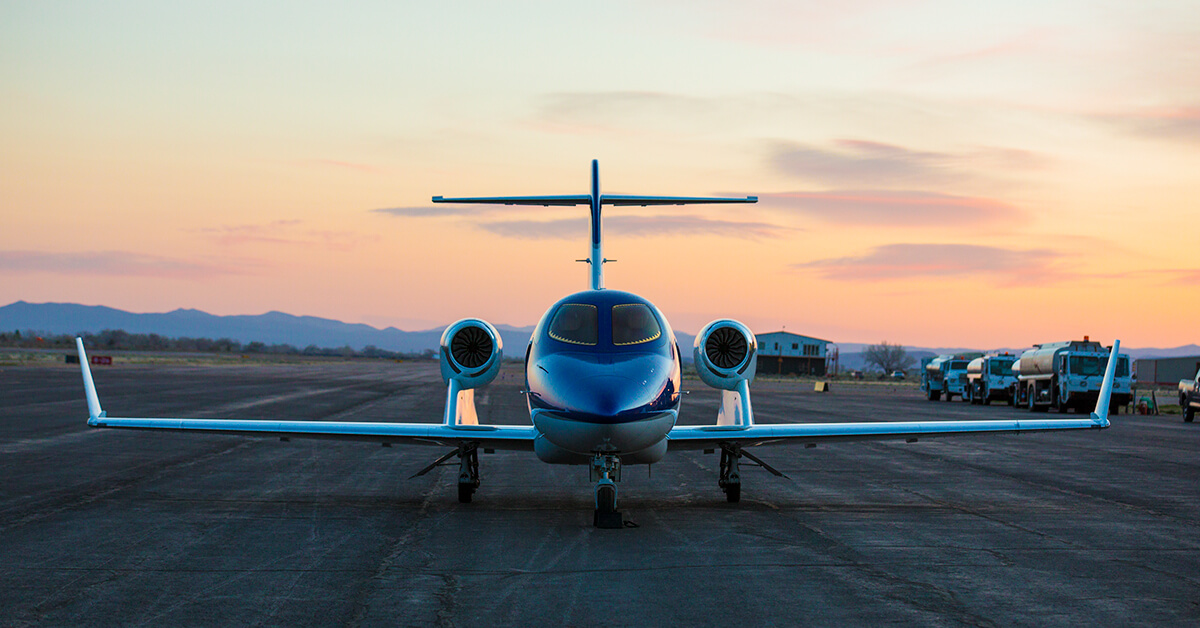
In most cases, since the employee cannot fully reimburse the company for non-business flights, there is a taxable fringe benefit to be calculated. As a result, the value of the flight, or the applicable portion, must be included in the employee’s income.
When calculating the value of a flight deemed to be taxable, the IRS allows operators to choose between two different methods. The first method uses the fair market value or charter value of the flight. This method looks at the cost of chartering the same or comparable aircraft for the same or comparable flight. The second and more common method determines the value of the flight using a formula that the IRS calls the Standard Industry Fare Level (SIFL).
The NBAA Personal Use (SIFL) Calculator provides a simple tool for operators to calculate the value of a non-business flight.
Deduction Limitations for Personal Entertainment Flights
In addition to calculating the taxable value of a non-business flight, companies must determine if expenses for certain non-business flights provided to specified individuals are subject to deduction limitations.
Under the American Jobs Creation Act of 2004, the difference between the actual cost of personal entertainment flights taken by “specified individuals” and the amount included in income by those employees could be disallowed as a deduction to the company.


 International Business Aviation Council Ltd.
International Business Aviation Council Ltd.